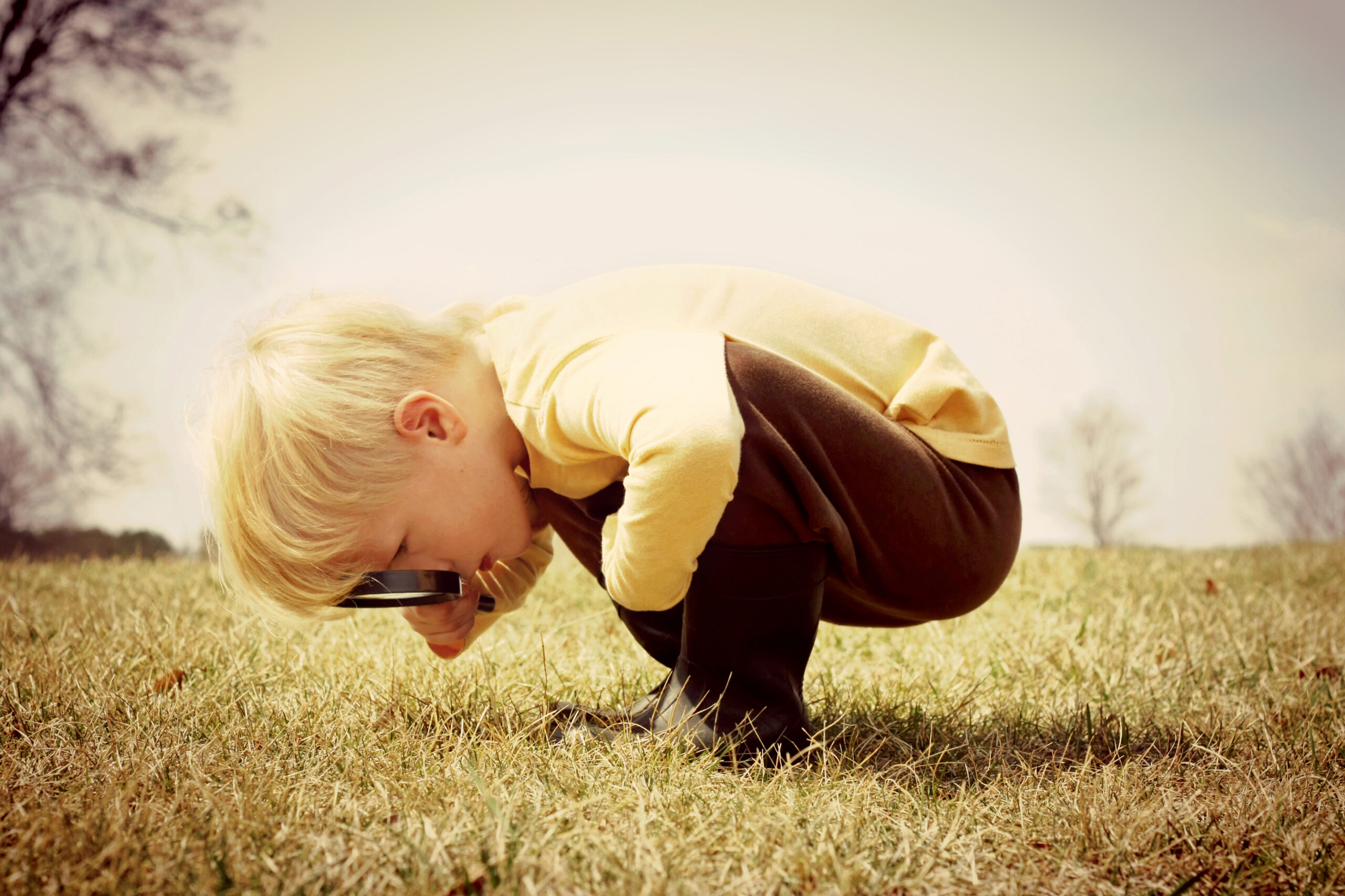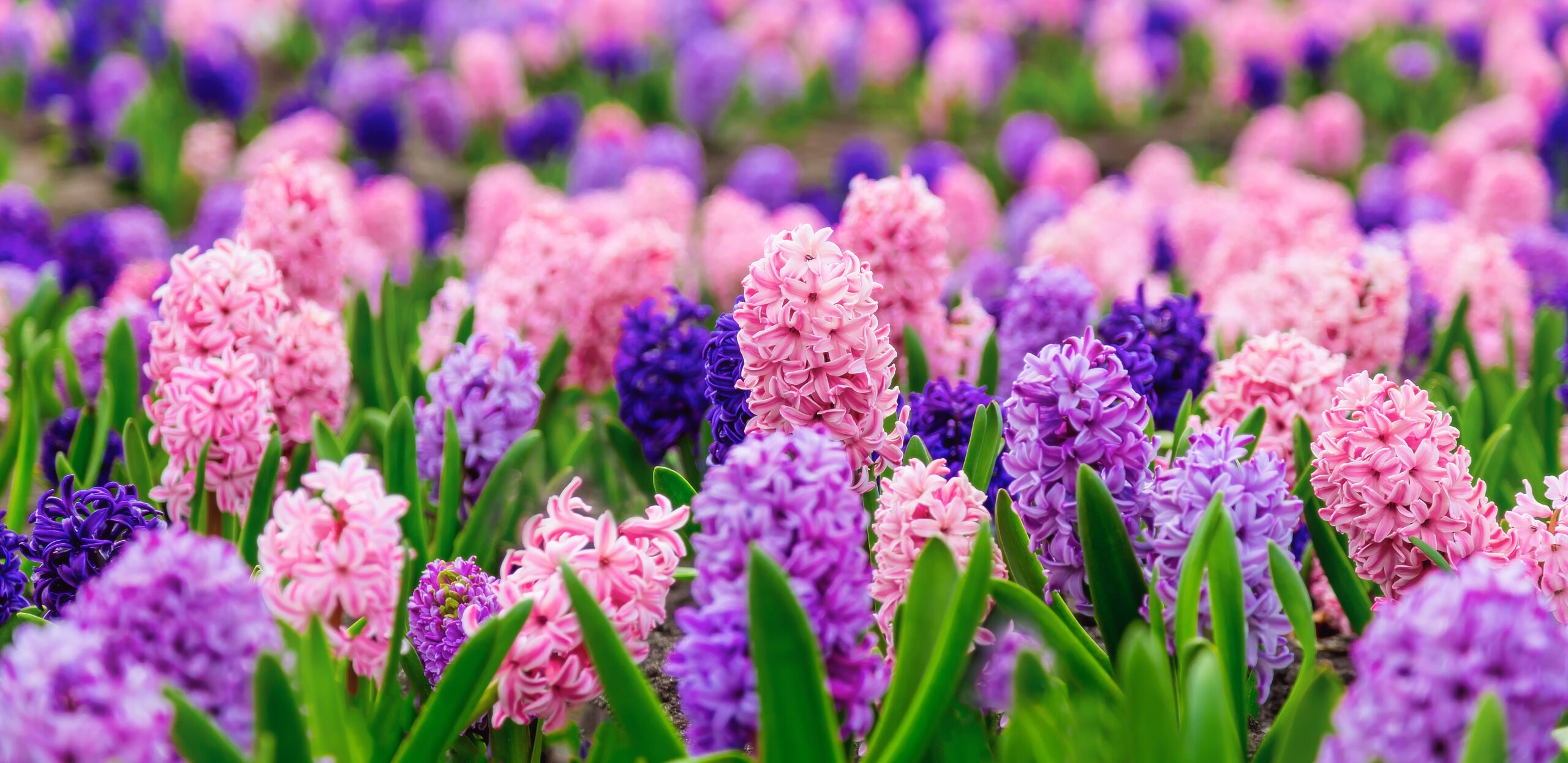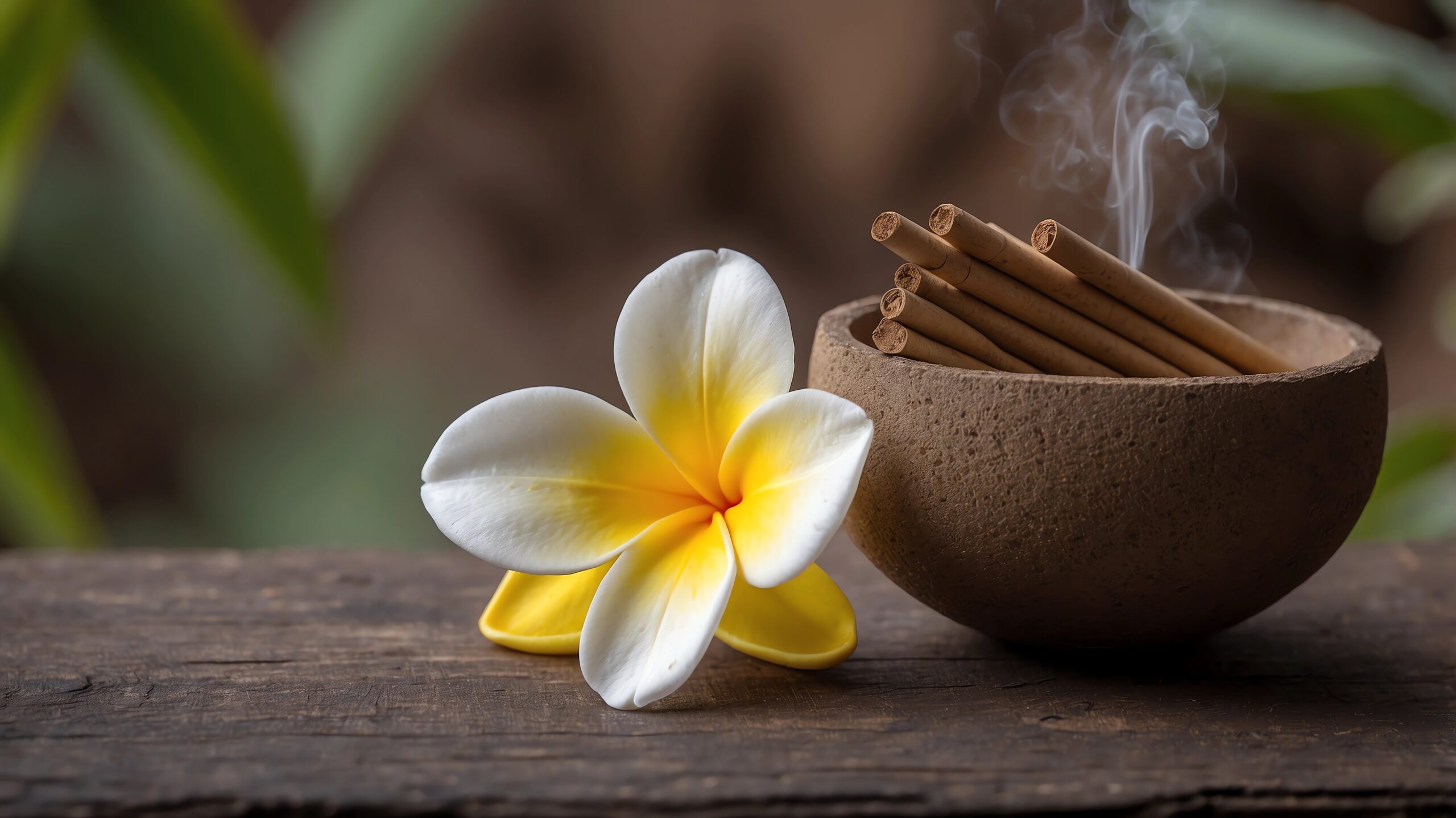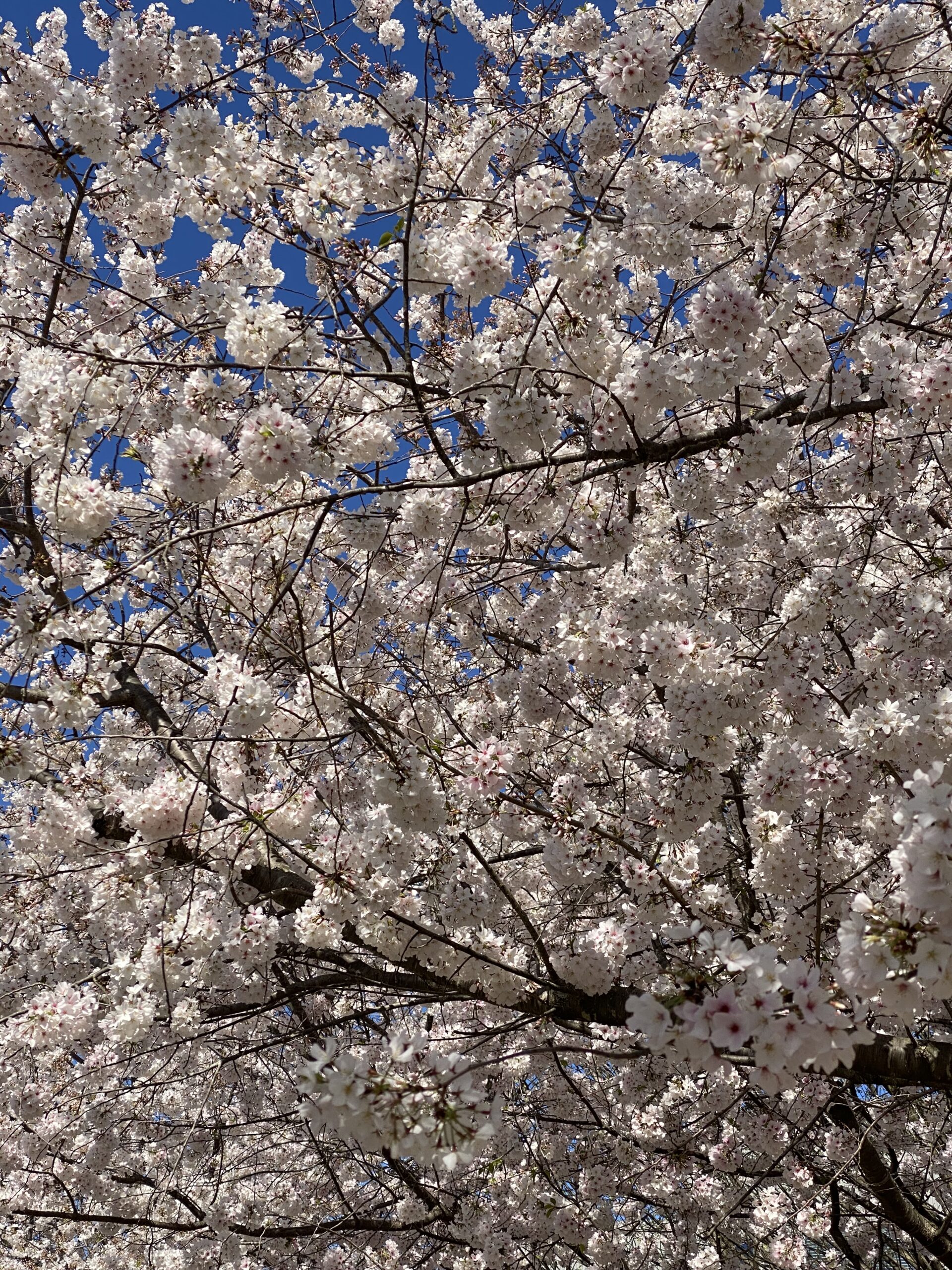Katie Steedly’s first-person piece [The Unspeakable Gift] is a riveting retelling of her participation in a National Institutes of Health study that aided her quest to come to grips with her life of living with a rare genetic disorder. Her writing is superb.
In recognition of receiving the Dateline Award for the Washingtonian Magazine essay, The Unspeakable Gift.
Enter your email here to receive Weekly Wide-Awake
Weekly Wide-Awake: Walking In The Dark

New life starts in the dark. Whether it is a seed in the ground, a baby in the womb, or Jesus in the tomb, it starts in the dark.”
― Barbara Brown Taylor, Learning to Walk in the Dark
I am reading Learning to Walk in the Dark.
Spring starts in the dark. It is an invitation to new life—to move from darkness to light. The impulse to move toward light makes sense to me when I see flowers turn their faces toward the sun. Everyday resurrection—the kind that invites us to love one another anew each and every day—seems possible in spring.
I am reconsidering the value of darkness. Reconsideration means carefully walking through failures in my mind’s eye, not simply as frustrating opportunities for growth or as an entrance to the depths of negative self-talk, but rather as looking at darkness through a lens of hope. Today, I can rattle off a litany of head-spinning failures. (It is interesting how my failures stay close to my consciousness. Successes, not so much.) I want to understand failure, and by extension darkness, with clarity and compassion. Brown Taylor makes the point that darkness is not synonymous with failure. Failure feels fixed and absolute—like a binary win or lose, good or bad, right or wrong situation. There is a depth to darkness. Darkness feels quiet and soft—like a space to explore, a pattern to recognize, a puzzle to solve.
For Brown Taylor, darkness invokes the moon. If the sun governs light, then the moon governs darkness. I like thinking about the moon’s healing, soothing, fluid nature and its constancy, serenity, and pulse in the midst of it all. The moon has a rhythm. It lights the darkness — waxing and waning, shining and revealing, holding and letting go, nurturing and cradling. Thoughts and feelings that don’t make their way into the world in the light whisper, flow, and dance in the dark.
What I Keep Learning
Listening to the Sound of Joy
We go to Atlanta United soccer games. I hear joy there. We should all have moments in our lives when we hear joy. The sound of joy is revelatory and communal. The sound of joy has drums and people chanting. The sound of joy has a language all its own. Beyond words. More about body and spirit. The sound of joy delivers me to a different place. I bet that if we all listened to the sound of joy — and wrote joy symphonies that build and celebrate our world — connections would be made, hearts would soften, wounds would heal.
Noticing Morning Light
Morning light pours through the window at my desk. It shines in slanted promise. It centers the noise in my head that confronts a blank screen, a calendar I create and abide by (mostly), and habits I seek to form in a space organized with my grandmothers’ angels, artifacts from travels, and treasured books. Every morning, the morning light shines. When I know doubt, the morning light shines. When I know fear, the morning light shines. When I know overwhelm, the morning light shines. Like the proverbial lemonade to my lemons, silver lining to my clouds, or ladybug lighting on my hand to my bad mood, morning light is the elastic thought filled with hope each day.
Crying In Pigeon Pose
Years ago, I learned I carry emotions in my body. Before wise teachers, time, and practice taught me a truth, I was unsure what it meant to carry emotions in my body or if I believed it. I recently started practicing yoga again more regularly and consistent practice reminds me where emotions live. Pigeon pose, in particular, unlocks tears in me that flow from the place of deep hurts and unresolved grief. The technical nature of the posture is not the important part of the story; what matters is the deep, prolonged stretching and release that occurs in the lower body. The pose begins, for me, in extreme tightness, and I take several breaths to find the form. I relax with each breath. As time passes, the tears begin — the more breath, the more tears. With each breath, my body releases, and the tears flow. The longer I hold the posture, the more tears I shed. I begin to quiet at a certain point, probably five or so full breaths into holding the pose. A certain settling happens. The settling looks like relaxation and feels like rest. My head rests gently on my folded hands and arms, and my spine extends. Nothing and everything is solved in that moment. I am present, breathing, and grateful. Different than the moment before.
Paying Attention
- Learning to Walk in the Dark, Barbara Brown Taylor — What I am reading.
- Handle Hard Better, Kara Lawson — A little motivation.
- Lord, Lord, Open Unto Me, Howard Thurman — A Lenten prayer.
- “Revealing Ramadan” — An On Being Conversation with Samar Jarrah, Wajahat Ali, Sahar Ullah, et al. — Learning about Ramadan.
- “This Hunger for Holiness,” — An On Being conversation with Barbara Brown Taylor— How I first learned of Barbara Brown Taylor.
About Katie
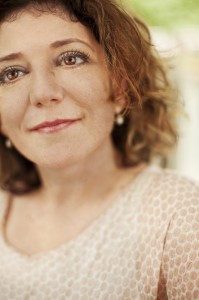
From Louisville. Live in Atlanta. Curious by nature. Researcher by education. Writer by practice. Grateful heart by desire.
Buy the Book!
The Stage Is On Fire, a memoir about hope and change, reasons for voyaging, and dreams burning down can be purchased on Amazon.

